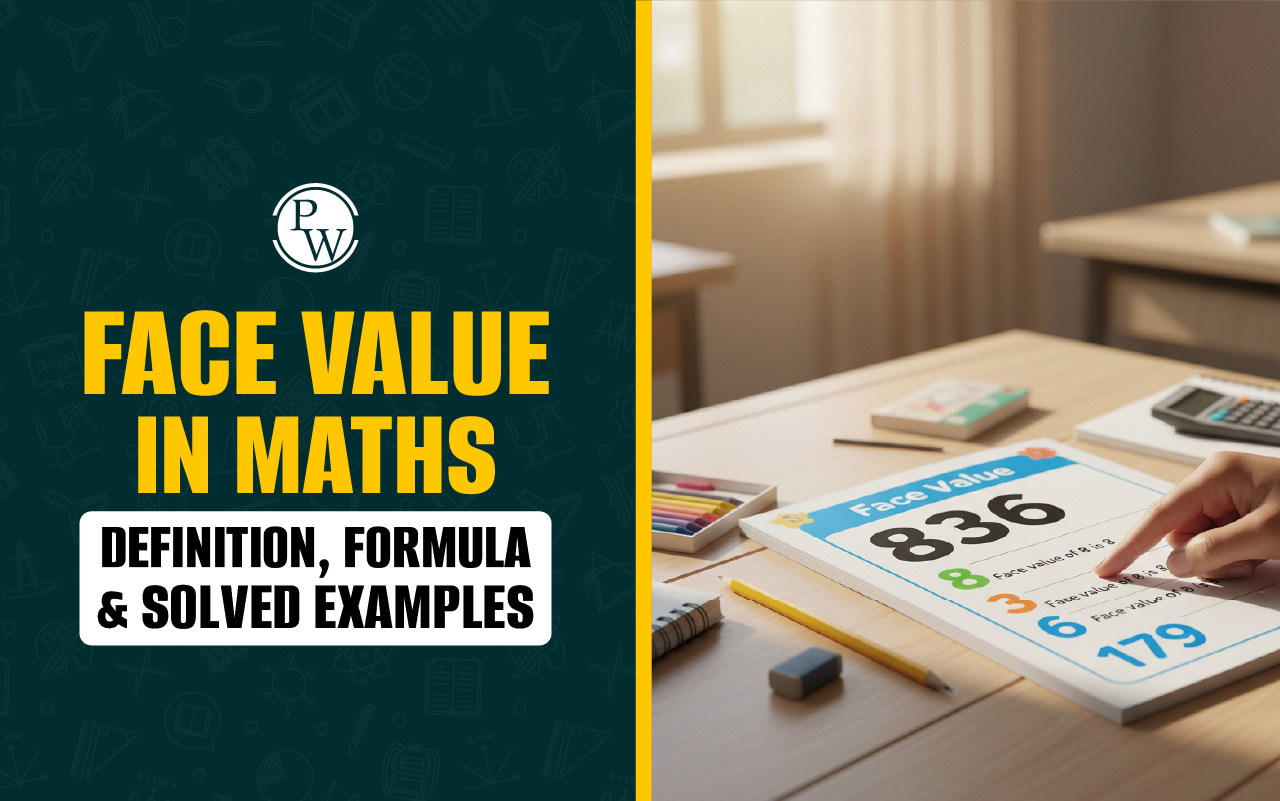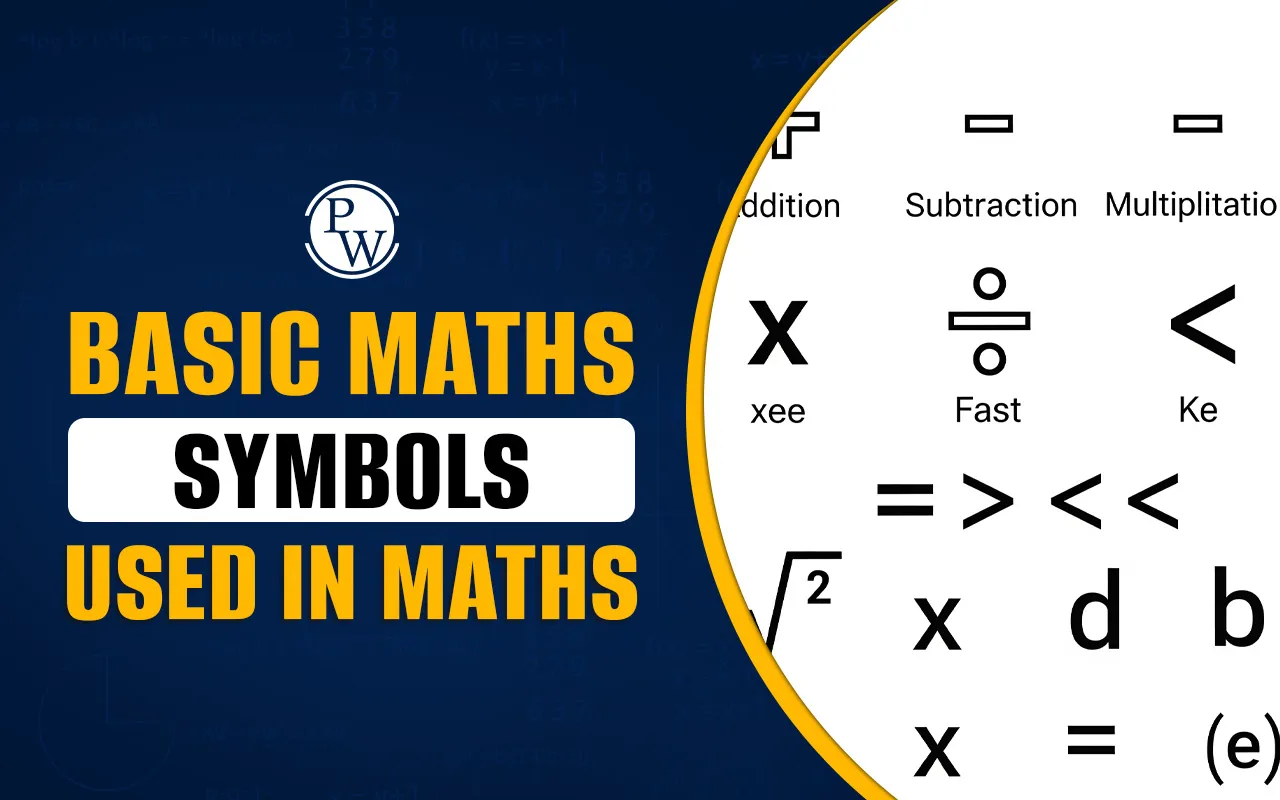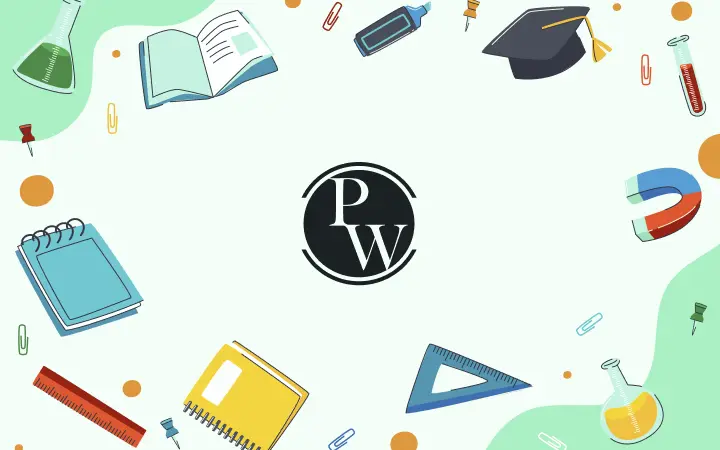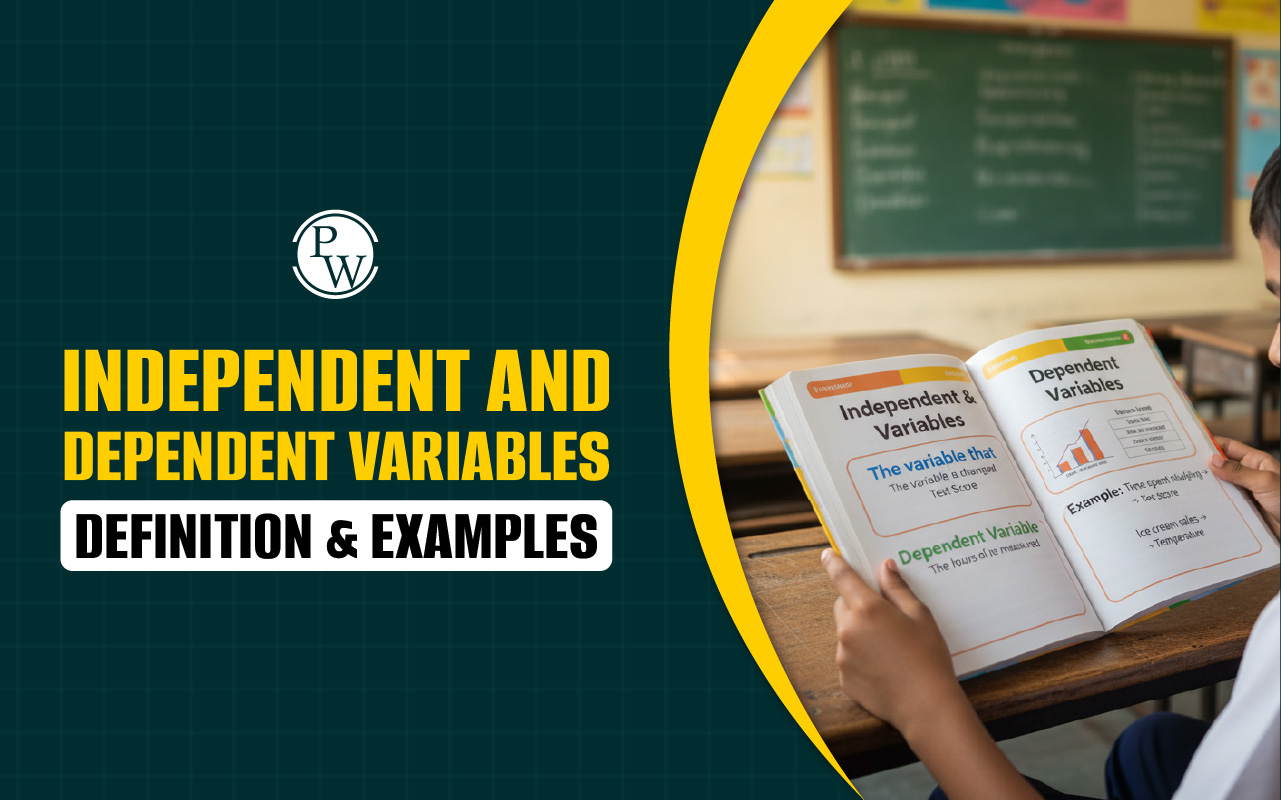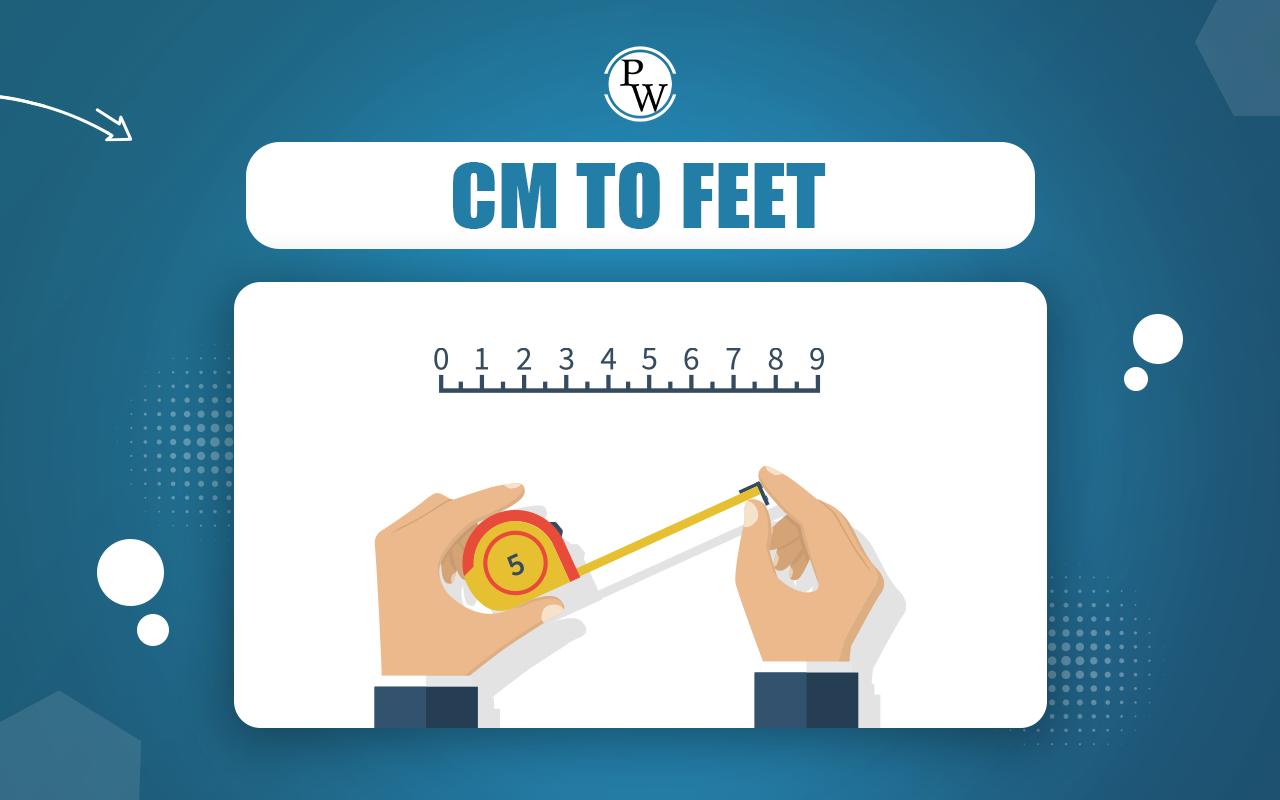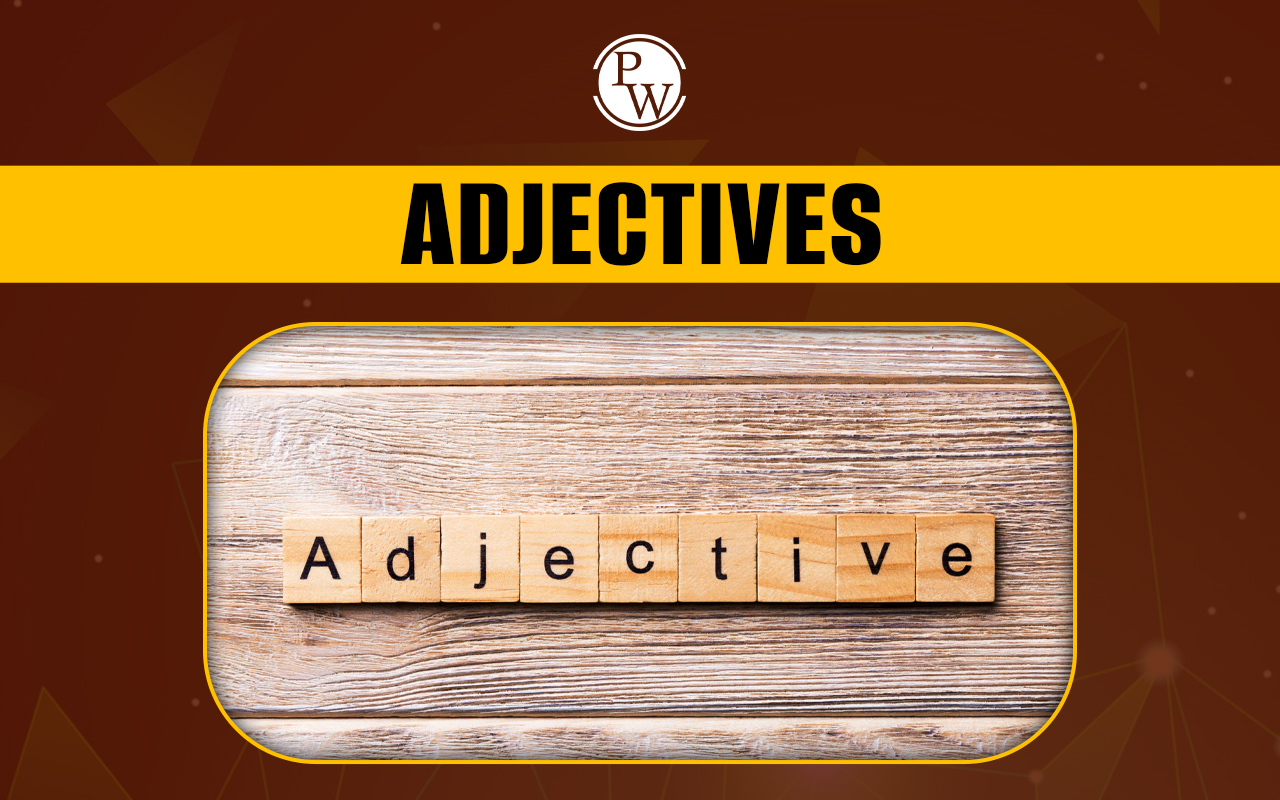
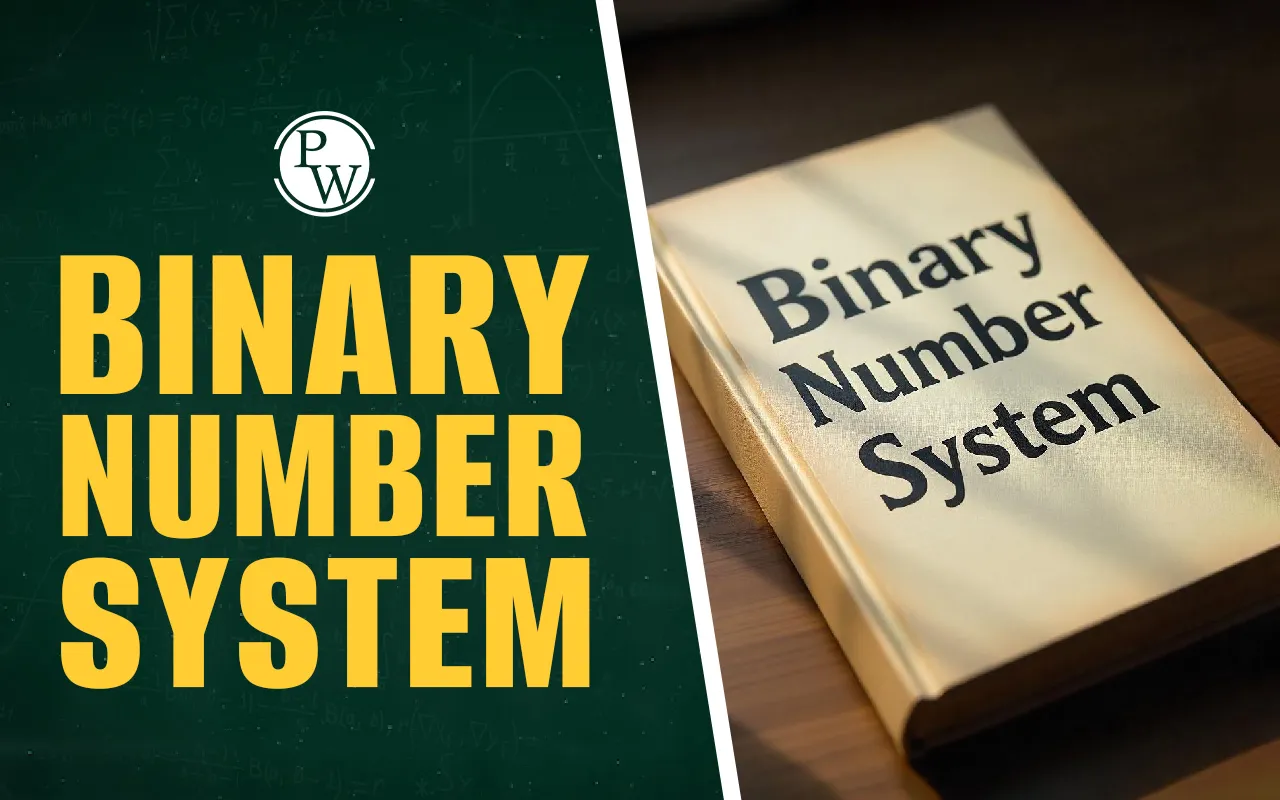
The binary number system uses only two digits, 0 and 1, to represent any number. Amazing, isn’t it? Although commonly associated with computers, this simple number system becomes a powerful tool for performing mathematical operations such as addition, subtraction, multiplication, and division using binary digits.
This blog explains through charts and examples what the binary number system is, its relation to the decimal system, and how to perform quick calculations involving binary numbers.
Read More: Indian Numeral System
What is a Binary Number System?
The binary number system is a number system which expresses any number using only two digits, 1 and 0. Binary numbers are used in all digital and computing systems because they are easy for machines to understand.
If we relate two electrical states, On and Off, with 1 and 0, we can find that electrical circuits can easily recognize the binary commands to perform functions swiftly and accurately
Differences Between the Decimal Number System and the Binary Number System
In the decimal system, all numbers contain digits between 0 and 9. On the other hand, when looking at a binary number, you will find only 0 and 1 in different combinations. For example, 7, 30, 64, 198, etc., are decimal numbers and 101, 1011, 10100, etc., are binary numbers.
How to Convert a Decimal Number to a Binary Number?
We get the binary number from a decimal number through the following steps:
-
Divide the decimal number by 2.
-
Note down the remainder, which can be either 0 or 1.
-
Continue dividing the quotient by 2 and keep recording the remainder.
-
Continue division until the quotient becomes 0.
-
Write all the remainder in reverse order
-
This number is the binary representation of the given decimal number.
Example: Convert 45 to binary.
Solution:
-
45 ÷ 2 = 22, remainder 1
-
22 ÷ 2 = 11, remainder 0
-
11 ÷ 2 = 5, remainder 1
-
5 ÷ 2 = 2, remainder 1
-
2 ÷ 2 = 1, remainder 0
-
1 ÷ 2 = 0, remainder 1
Therefore, the Binary of 45 = 101101
Read More: Mixed Numbers
How to Convert a Binary Number to a Decimal Number?
The method of converting a binary number to a decimal number is explained below:
-
Multiply the rightmost digit of the binary number by 20., then multiply the next digit by 21 and so on.
-
Add these products to get the decimal number corresponding to the binary number.
If the digits of the binary number from right to left is a0, a1, a2 ..then the decimal number D = (a0 × 20) + (a1 × 21) + (a2 × 22) + ...
Example: Convert 1010 to decimal form.
Solution:
(0 × 20) = 0
(1 × 21 ) = 2
(0 × 22) = 0
(1 × 23) = 8
So, the decimal number is: 0 + 2 + 0 + 8 =10
Therefore, a decimal form of 1010 = 10
Binary Number System Table for Numbers 0 to 20
We are providing a binary chart below that shows the binary numbers corresponding to the first 20 decimal numbers.
|
Binary Number System Table for Numbers 0 to 20 |
|||
|
Decimal Number |
Binary Number |
Decimal Number |
Binary Number |
|
0 |
00000 |
11 |
01011 |
|
1 |
00001 |
12 |
01100 |
|
2 |
00010 |
13 |
01101 |
|
3 |
00011 |
14 |
01110 |
|
4 |
00100 |
15 |
01111 |
|
5 |
00101 |
16 |
10000 |
|
6 |
00110 |
17 |
10001 |
|
7 |
00111 |
18 |
10010 |
|
8 |
01000 |
19 |
10011 |
|
9 |
01001 |
20 |
10100 |
|
10 |
01010 |
|
|
Operations of Binary Numbers
We can perform the usual mathematical operations like addition, subtraction, multiplication, and division with binary numbers. Let’s explore the main operations of binary numbers:
Binary Addition
Binary addition follows these simple rules:
-
0 + 0 = 0
-
0 + 1 = 1
-
1 + 0 = 1
-
1 + 1 = 10 (which means 0 with a carry of 1)
For example: Add 1101 and 111.
Solution:
So, the addition of 1101 and 111 gives the binary number 10100
Binary Subtraction
Binary subtraction rules are as follows:
-
0 - 0 = 0
-
1 - 0 = 1
-
1 - 1 = 0
-
0 - 1 = 1 (borrow 1 from the next higher bit)
For Example: Subtract 100111 from 110011
Binary Multiplication
Multiplication of binary digits follows these simple rules:
-
0 × 0 = 0
-
1 × 0 = 0
-
0 × 1 = 0
-
1 × 1 = 1
For example: Multiply 110 and 11
So, the product of 110 and 11 is 10010
Binary Division
The division method of binary numbers is similar to that used in the division of numbers in the decimal number system.
For example: Divide 10101 by 11
So, division of 10111 by 111 gives the binary number 111.
Binary Numbers Solved Example
Add 1101 and 1001 and verify by adding the corresponding decimal numbers.
Solution:
By adding 1101 and 1001, we get
Now, 1101 = (1 × 20) + (0 × 21) + (1 × 22) + (1 × 23) = 1 + 0 + 4 + 8 = 13
and, 1001 = (1 × 20) + (0 × 21) + (0 × 22) + (1 × 23) = 1 + 0 + 0 + 8 = 9
Again,
10110 = (0 × 20) + (1 × 21) + (1 × 22) + (0 × 23) + (1 × 24) = 0 + 2 + 4 + 0 + 16 = 22
So, 13 + 9 = 22
Read More: Addition and Subtraction of Decimals
Support Your Child’s Maths Progress with Curious Junior Mental Maths Classes
At CuriousJr, we understand that many children take extra time to solve simple maths problems. This often happens when calculation speed does not match their understanding of the topic. It can make learning feel tiring and affect how they perform during exams.
Through our Curious Junior Mental Maths Classes, we work with children to improve how they handle numbers. We use simple methods, step-by-step practice, and clear explanations to help them get faster at solving problems without using fingers or calculators.
Our mentors guide every child with care and attention. We focus on regular learning, helpful techniques, and enjoyable activities that make maths feel more comfortable. As children attend our classes, they start to move through sums with more ease and stay more involved during schoolwork.
So, waiting for what? Book your seats today for just Rs.29.
Binary Number System FAQs
Why is a binary system known as a base-2 number system and a decimal system as a base-10 number system?
What are the applications of the binary number system?
What is a Bit?
How do we distinguish binary and decimal numbers while representing them?


